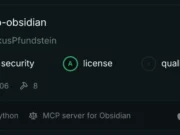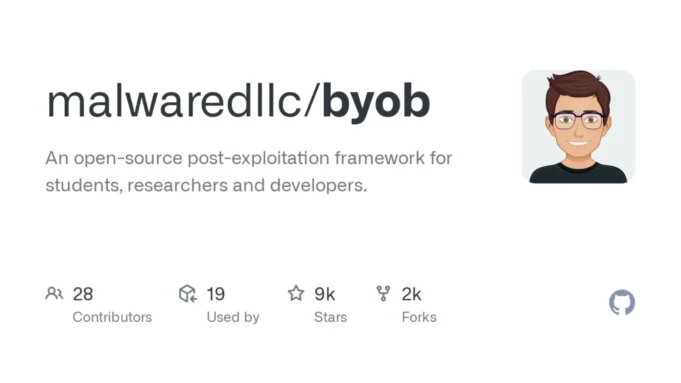BYOB (Build Your Own Botnet) is an open-source post-exploitation framework designed primarily for educational and research purposes.
It enables students, researchers, and developers to explore cybersecurity concepts by providing a customizable platform for creating and managing post-exploitation tools.
However, its potential misuse highlights the importance of ethical use and security awareness.
Key Features Of BYOB
Command And Control (C2) Server
BYOB includes a command and control server with an intuitive user interface. This server facilitates remote administration of client machines via reverse TCP shells.
It also features a persistent SQLite database that stores client information, enabling long-term reconnaissance and session persistence.
Custom Payload Generator
The framework’s payload generator supports multiple platforms and architectures. Using Docker containers and Wine servers, it creates executable payloads that establish encrypted communication using AES-256 and Diffie-Hellman key exchange.
These payloads are designed to bypass firewalls and antivirus detection.
BYOB provides 12 post-exploitation modules, including:
- Keylogger: Logs keystrokes and window names.
- Screenshot Capture: Takes screenshots of the target desktop.
- Privilege Escalation: Attempts unauthorized administrator access.
- Packet Sniffer: Captures network traffic in .pcap files.
- Persistence: Establishes long-term presence on the host machine.
The web-based graphical interface simplifies administration with features like:
- A dashboard for managing client machines.
- An interactive map for visualizing connections.
- An in-browser terminal emulator for direct shell access.
The original console application allows developers to generate lightweight clients with advanced capabilities such as remote imports, zero disk writes, and platform independence.
Developers can easily add new modules or features by placing scripts in the designated directory.
While BYOB is intended for authorized testing and educational purposes, its flexibility has led to misuse by malicious actors.
To mitigate risks, organizations should implement advanced threat detection systems, patch vulnerabilities, and conduct security awareness training.












%20Works.png)




